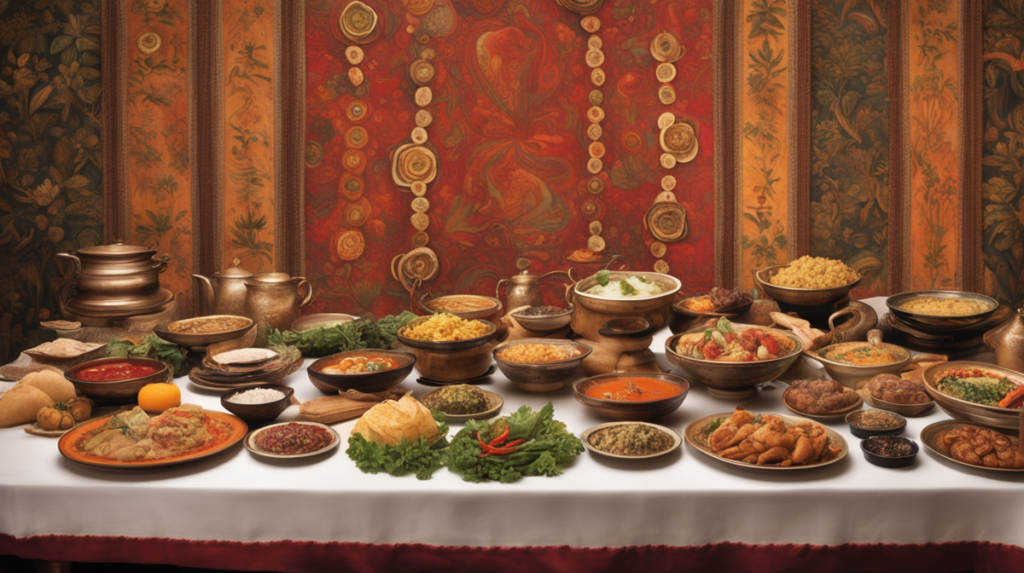Journey with us through the intricate paths of the global kitchen as we explore the compelling narratives and health-centric aspects of heritage and ethnic cuisine. Unveil the delectable stories engrained in each dish, and savor the taste of tradition.
The Intricacies of Heritage and Ethnic Cuisine
Heritage and ethnic cuisine constitutes a reflection of a society’s culture, tradition, and history. Each dish resonates the ethnic identity of the region it represents, loaded with flavors mirroring its climatic conditions, indigenous ingredients, and traditional techniques of cooking.
The Health Columns of Ethnic Cuisine
While the lure of the ethnic cuisine lies in its exotic flavors and nostalgic echoes, another facet of it that enhances its allure is its relationship with health. Many ethnic foods are naturally low in fat and high in fiber, contributing immensely to good health. Traditional cuisines from Mediterranean countries, Japan, or India, for instance, focus on vegetables, lean proteins, whole grains, and healthy fats, offering substantial health benefits like improved heart health and longevity.
Embracing the Diversity
Experimenting with international cuisines can bring an exciting variety to everyday meals. Including dishes from different ethnic backgrounds can widen the nutrient spectrum of your diet. For example, incorporating dishes like Korean bibimbap, rich in vegetables, or Japanese sushi, a source of omega-3 fatty acids, can stimulate both your palate and well-being.
The Controversy Concerning Authenticity
While we celebrate global cuisine, the authenticity of ethnic food is often a subject of heated debate. Critics argue that the adaptation of traditional dishes to cater to modern tastes can dilute their authentic essence. However, while it’s crucial to respect and preserve the cultural significance of traditional dishes, cuisines, like cultures, evolve naturally over time and adjust to changing palates.
Nurturing Health with Heritage
Embracing heritage and ethnic cuisine is not just about appreciating global cultures but about nurturing our health with a diet rich in varied nutrients. By exploring a panoply of ethnic ingredients like turmeric, ginger, garlic, or tofu, we invite a wealth of health benefits into our diet regimen.
Conclusion
To sum up, basking in the varied spectrum of ethnic and heritage cuisine introduces us to a multitude of flavors, traditions, and health benefits. As we uncover the historic and cultural depths behind each dish, we also enrich our eating patterns with a well-rounded, balanced, and exciting diet promoting ultimate health.

